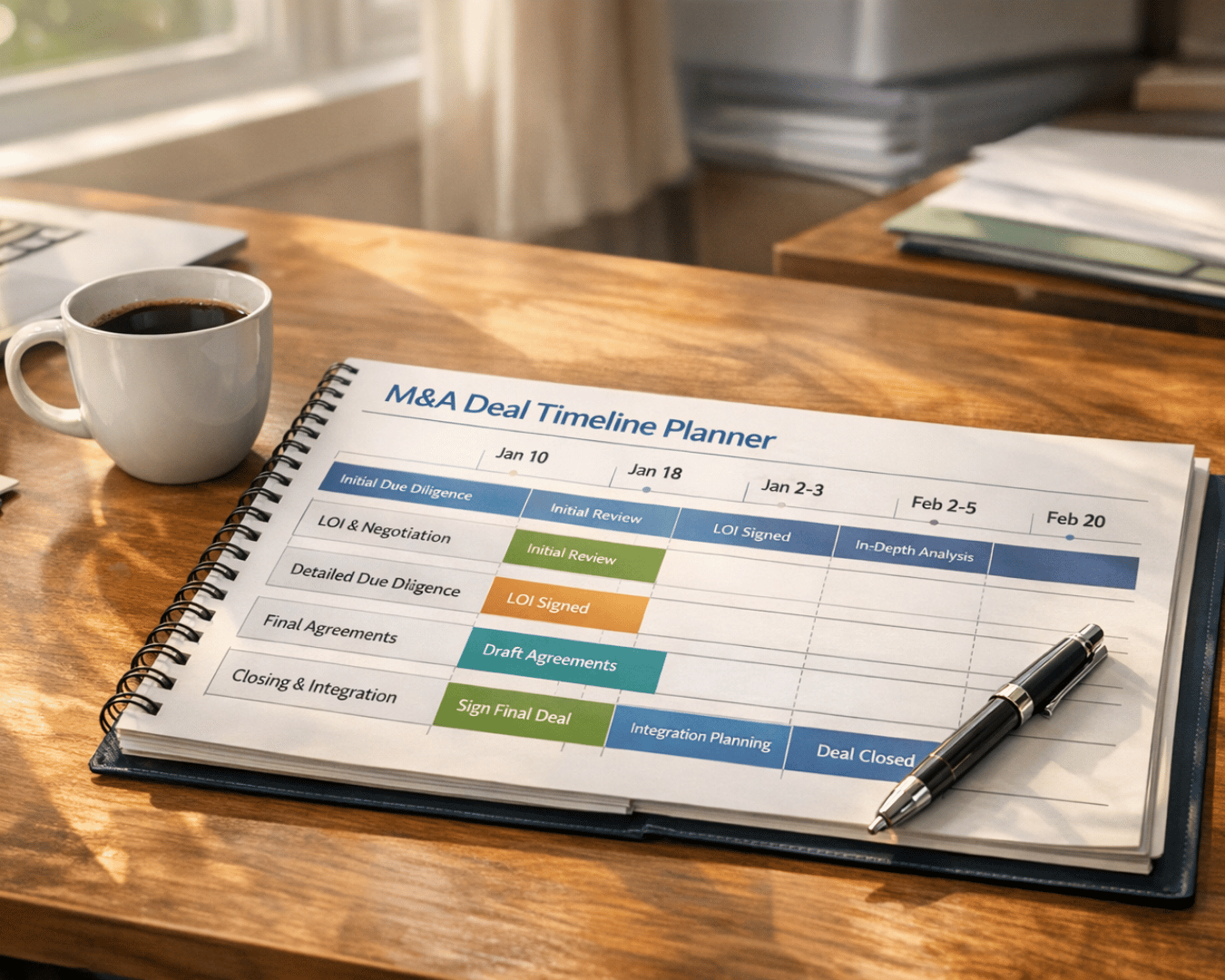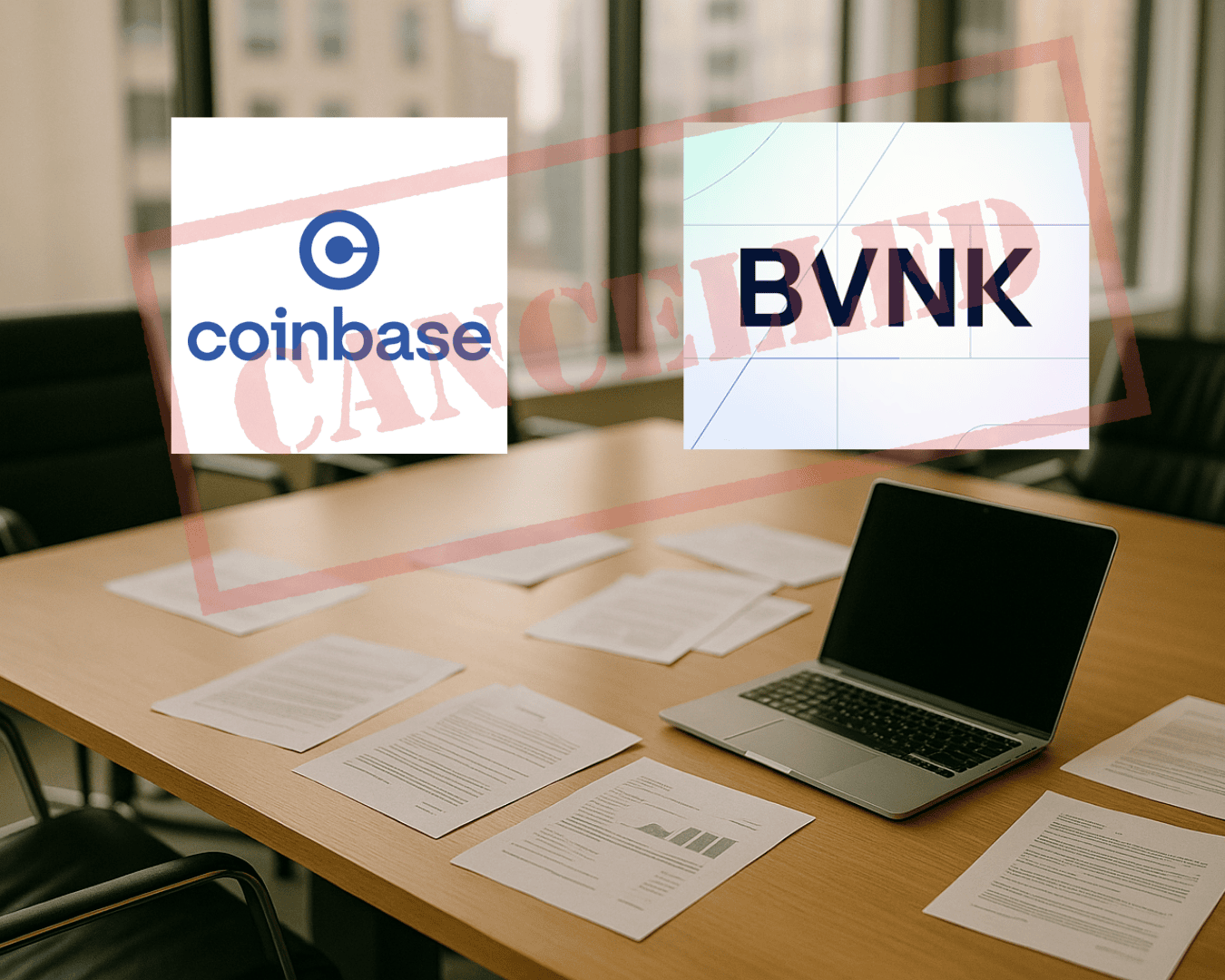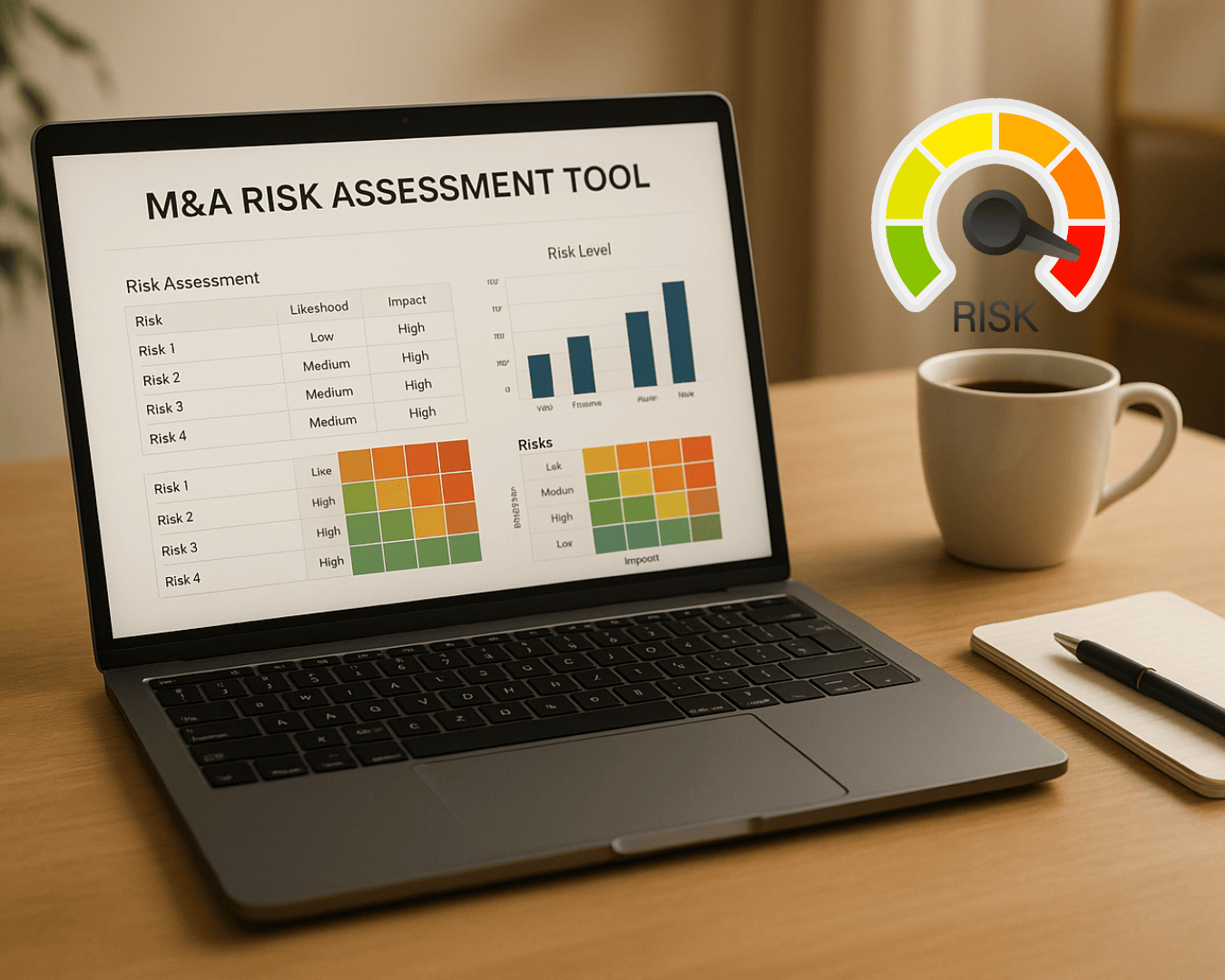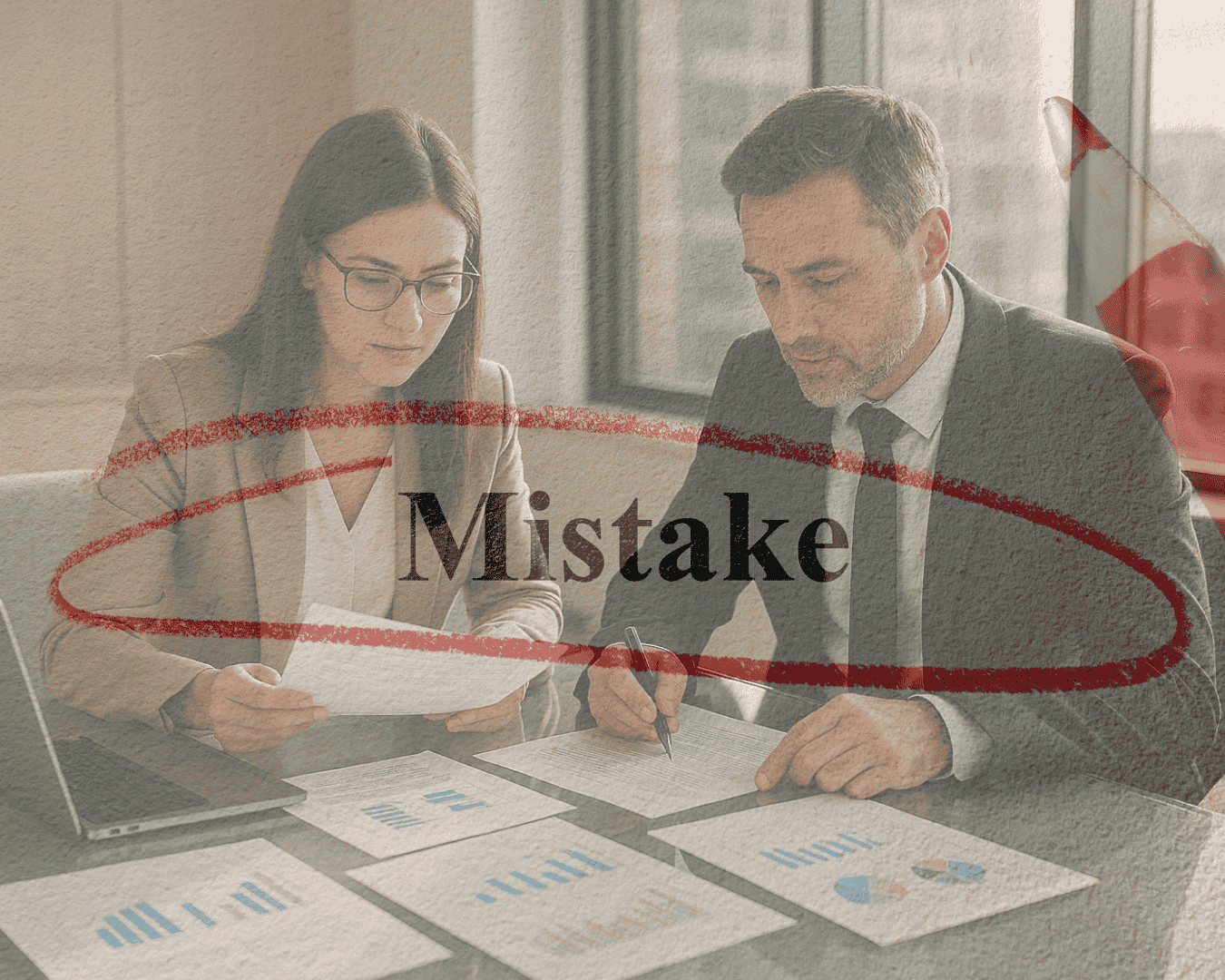When acquiring a business, understanding workforce-related risks is critical to avoid legal issues, maintain operations, and retain key employees. Labor due diligence focuses on assessing employee data, contracts, pay structures, and compliance with labor laws to identify potential red flags. Here's what you need to know:
- Employee Data: Review salaries, roles, tenure, and turnover rates to spot risks like high attrition or succession planning needs.
- Contracts: Check employment agreements, union deals, and compliance with state-specific regulations to prevent future legal or operational issues.
- Pay & Benefits: Analyze compensation, benefits, and pay equity to ensure market competitiveness and reduce turnover risks.
- Operations: Evaluate workflows, dependency on key individuals, and IT systems for efficiency and continuity post-acquisition.
- Legal Compliance: Investigate lawsuits, worker classification, and adherence to labor laws to avoid costly liabilities.
Labor issues, if overlooked, can derail deals or lead to unforeseen expenses. Address these areas early to minimize risks and ensure a smooth transition.
What is Due Diligence and How to Do It
Core Labor Due Diligence Areas
Gathering and analyzing employee data thoroughly is key to identifying potential risks during labor due diligence. Here are three critical areas to focus on for a comprehensive assessment.
Employee Data and Organization
Start by requesting a detailed employee list, including information on salaries, roles, and tenure. This foundational data provides a clear picture of the company’s operational structure.
Check for proper employee classification (e.g., I-9 vs. W-2), overtime eligibility, and payroll practices to avoid legal and financial pitfalls.
Pay close attention to key HR metrics. For instance, turnover rates higher than industry norms could indicate challenges with management, compensation, or workplace environment. High turnover in essential roles can disrupt operations and lead to higher training costs post-acquisition. Other factors, like the age and tenure of employees, are also worth noting. A workforce nearing retirement may require succession planning and could drive up benefits-related costs.
| Data to Request | Description |
|---|---|
| List of all employees | Details include salaries, roles, and tenure |
| Training and Education | Information on company-sponsored programs |
| HRIS System Audit | Assessment of the HRIS system in use |
| HR Department Expenses | Breakdown of HR operational costs |
Additionally, review HR documents to uncover any contractual obligations or restrictions that might affect the acquisition process.
HR Documents and Contracts
Beyond raw data, it’s essential to evaluate the legal frameworks surrounding employee relations. Employment agreements and related documentation can highlight obligations or limitations, such as non-compete clauses or confidentiality agreements, which might restrict business operations or expansion opportunities.
Union agreements and collective bargaining contracts deserve particular scrutiny. These often include clauses related to wage increases, benefit obligations, and operational restrictions, all of which can influence financial projections. Understanding the nature of these agreements will help you prepare for future negotiations and avoid potential conflicts that could disrupt business operations.
It’s also important to review state-specific HR compliance requirements, such as salary transparency laws and break regulations. Each state operates under its own set of rules, and what’s permissible in one jurisdiction may be a violation in another.
Pay and Benefits Review
After analyzing workforce data and contracts, turn your attention to cost structures and employee incentives. Compensation is a major factor to evaluate, especially since 44% of HR professionals cite it as their main concern, and companies are projecting a 3.5% increase in base salaries by 2025. Understanding how the target company compares to market rates is vital.
Benefits are equally important. Surveys show that 88% of employees value health insurance, while 62% prioritize additional leave. Carefully review offerings like health, dental/vision, and retirement benefits to assess their impact on costs and employee retention.
Pay equity is another critical factor. Since 31% of organizations report unfair pay as a leading cause of employee turnover, conduct a detailed analysis to identify disparities in compensation across gender, race, and other protected categories. Addressing these issues upfront can help avoid legal challenges and improve retention after the acquisition.
"We're anticipating a 'Year of Contention,' as 2025 could bring a clash between employers tightening budgets and employees advocating for fair pay and better working conditions", says Lexi Clarke, Payscale's Chief People Officer.
With 30% of employees leaving jobs due to inadequate total compensation, these steps are essential for reducing acquisition risks through careful planning and due diligence.
Operations and Culture Assessment
Getting a clear picture of how the target company operates daily - and whether its culture aligns with your goals - is essential for a smooth acquisition. This goes beyond the numbers, diving into the human and operational aspects that keep the business running. A thorough review of workflows, systems, and company culture can reveal both risks and opportunities.
Work Processes and Systems
Take a close look at the company’s workflows to spot inefficiencies and areas for improvement. Business process workflows - like document approvals, employee onboarding, or invoice approvals - are structured, repeatable tasks that follow a specific order. Mapping these processes can highlight bottlenecks that might slow down operations or complicate post-acquisition plans.
Streamlining these processes can lead to faster turnaround times and fewer errors, which is especially important during a transition.
Another key area to assess is dependency on specific individuals. For instance, losing a lead software developer who manages a proprietary platform or a sales executive with key client relationships could disrupt operations. To address this, document the expertise of critical team members and introduce cross-training programs to reduce vulnerabilities. Also, review IT systems and data management practices to uncover any technological dependencies that might pose risks.
Culture and Team Integration
While operational efficiency is important, aligning company culture can make or break the integration process. A strong, cohesive culture impacts everything from employee morale to retention. To understand this, dig deeper than surface-level perks or policies. Look at how decisions are made, how teams communicate, and what values shape behavior within the organization.
Evaluate management styles, review employee feedback, and assess communication practices. Companies with open and effective communication channels tend to navigate transitions more successfully than those with siloed information flows. Informal conversations with employees at different levels can provide valuable insights into the company’s culture, leadership dynamics, and any concerns about the acquisition.
Lastly, create a solid integration plan. The goal is to merge the best aspects of both organizations while keeping operations on track. By understanding these operational and cultural elements early, you can set realistic timelines and identify areas where extra resources or support may be needed during the transition.
sbb-itb-a3ef7c1
Legal and Compliance Review
After assessing operational and workplace dynamics, it's essential to dive into legal and compliance risks to protect your acquisition. Legal troubles can derail even the most promising deals. Employment-related lawsuits and compliance violations, in particular, can lead to financial risks that go far beyond the initial purchase price. A detailed legal review helps you understand the liabilities you're taking on and allows you to plan effectively. Examining both historical and current disputes helps quantify potential legal exposure.
Lawsuits and Employment Issues
Begin by investigating any ongoing or past employment-related legal disputes. In 2018, nearly 26% of M&A deals faced claims, with labor issues - like employee misclassification - being some of the most common culprits. Even more alarming, claims exceeding $10 million have doubled in recent years, with an average cost of $19 million.
"The pandemic spiked class actions (of all varieties) and litigation over all types of workplace issues." - Seyfarth Shaw's 2021 Workplace Class Action Litigation Report
The pandemic brought significant changes, such as remote work and layoffs, which fueled an increase in workplace litigation. Claims exceeding $10 million became more frequent, with an average cost of $19 million. This makes it critical to scrutinize the target company's recent employment decisions.
Employee misclassification is a major red flag. Misclassifying workers as independent contractors rather than employees can result in hefty liabilities for unpaid wages, benefits, and taxes. Wage and hour violations are another common issue, especially in fast-growing startups where employment practices may not keep pace with expansion.
Additionally, review the target company’s Workers' Compensation claims. These claims, often related to posture or repetitive stress injuries, cost over $15 billion annually. Investigating the company’s claims history and safety record can help you identify potential ongoing liabilities.
Engaging a labor and employment attorney during the discovery process is crucial. They can review past claims against the target company and help assess whether pending litigation might affect indemnities or escrow amounts - key negotiation points in M&A deals.
Labor Law Compliance
Federal labor laws, like the Fair Labor Standards Act (FLSA), alongside state-specific regulations, govern workplace protections for approximately 165 million workers. These laws ensure fair treatment and safe working conditions.
"Labor law compliance isn't just about avoiding fines. It's about maintaining a safe and healthy work environment for all of your employees, and it's about giving fair treatment to your workers." - National PEO
Wage and hour compliance should be a priority. Confirm that the company maintains accurate records of employee hours and wages. Ensure overtime is calculated correctly under both federal and state laws, and verify that meal and rest break policies align with local regulations.
Worker classification issues also extend to exempt versus non-exempt employees. Misclassifying employees as exempt from overtime can lead to significant back-pay liabilities.
Once compensation practices are reviewed, examine other compliance areas that could impact liabilities. Check if the company conducts regular compliance audits. Businesses that systematically review their labor law compliance tend to have fewer violations and better documentation. Request to see the employee handbook, which should clearly outline workers' rights and responsibilities.
Another critical area is employment authorization paperwork. Confirm that the company has proper I-9 forms for all employees and complies with E-Verify requirements if applicable. Immigration-related violations can lead to steep fines and operational challenges.
Engage a third-party CPA firm or tax advisor to evaluate the target company’s tax profile, including payroll tax compliance. Payroll tax problems often accompany other labor law violations and can result in unforeseen liabilities.
Lastly, verify whether the company stays informed about changes to federal, state, and local labor laws. Labor regulations evolve constantly, and companies without systems to track these updates risk falling out of compliance.
Summary and Action Steps
Labor due diligence acts as your safeguard against unexpected challenges that could derail a deal. With up to 70% of mergers and acquisitions failing to deliver their intended value - and workforce integration often cited as a major hurdle - it’s clear that a detailed labor review is not optional but essential.
Employee-related liabilities can have a significant financial impact, sometimes exceeding 10% of the deal's value. Take this example: In 2022, a mid-sized manufacturing company in the Midwest uncovered during due diligence that 15% of its workforce had been misclassified as independent contractors, even though they legally qualified as employees. This early discovery allowed the buyer to negotiate a $1.2 million price reduction to offset potential back taxes and penalties while also implementing a compliance plan post-acquisition. This kind of foresight underscores the importance of a structured approach.
To get started, focus on early detection and a systematic review process. Begin labor due diligence as soon as possible to allow ample time for analysis and negotiation. Request and carefully review key HR documents, such as organizational charts, employee rosters, compensation details, benefit plans, employment agreements, and any records of disputes or litigation.
Pay special attention to findings that could affect the deal structure. For instance, high turnover in critical roles, outdated employment contracts, or compliance gaps should shape your negotiation strategy. These issues can lead to price adjustments, remediation requirements before closing, or the inclusion of indemnities. In one notable case from 2021, a tech startup acquisition faced a three-month delay after due diligence uncovered unresolved employee lawsuits and missing I-9 forms. The buyer used a tech-enabled due diligence platform to monitor remediation efforts, ultimately closing the deal with additional indemnities in place.
Cultural compatibility is another crucial factor. Beyond financial and legal considerations, document findings related to company culture and outline strategies for communication, retention, and integration.
Technology can make this process more efficient. Platforms like Clearly Acquired offer tools designed to streamline labor due diligence, especially for small to mid-sized acquisitions. Features such as automated NDA deployment, document management hubs, and AI-powered tools can reduce errors and speed up document reviews, giving buyers a more confident and efficient way to handle due diligence.
Finally, use the insights gained during labor due diligence to inform your post-acquisition plans. Harmonize compensation structures, address compliance gaps, and refine integration strategies. A thoughtful investment in labor due diligence not only prevents costly surprises but also sets the stage for a smoother transition and a more cohesive workforce after the deal closes.
FAQs
What risks could arise if labor due diligence is overlooked when buying a business?
When acquiring a business, skipping labor due diligence can lead to serious risks. These risks might include wage and hour violations, unresolved employment disputes, or failure to comply with labor laws - all of which can result in hefty fines and legal complications.
Beyond that, there could be hidden problems like undisclosed employee agreements, unresolved grievances, or other labor-related liabilities. These issues can create operational challenges, damage the company’s reputation, and decrease its overall value. Conducting thorough due diligence helps ensure a smoother transition and minimizes the chance of unpleasant surprises after the acquisition is finalized.
How can buyers navigate state-specific labor laws during a business acquisition?
When handling state-specific labor laws during a business acquisition, it's crucial for buyers to start by reviewing employment agreements and ensuring they align with local regulations. Bringing in legal experts who specialize in the labor laws of the states involved is a smart move to untangle any legal complexities.
As part of the due diligence process, buyers should carefully examine critical areas such as employee classifications, compliance with wage and hour laws, and adherence to workplace safety standards. It's also important to factor in federal requirements like the WARN Act, which mandates proper notifications in certain situations. Addressing these details upfront can help reduce potential risks and pave the way for a smoother transition after the acquisition.
How can buyers successfully merge company cultures after an acquisition to ensure a smooth transition?
Successfully blending company cultures after an acquisition hinges on open communication, aligned objectives, and fostering trust across teams. A good starting point is conducting a culture assessment to pinpoint both the differences and commonalities between the two organizations. This step is key to shaping a shared vision, purpose, and set of values that guide the new direction.
To keep the process on track, form a cross-functional integration team. This group can manage the transition and ensure consistent messaging across every level of the organization. Encourage and acknowledge behaviors that reflect the new culture to boost employee engagement and build unity. By emphasizing transparency, teamwork, and shared values, companies can navigate the transition effectively and lay the groundwork for lasting success.


























.png)







































.png)











































